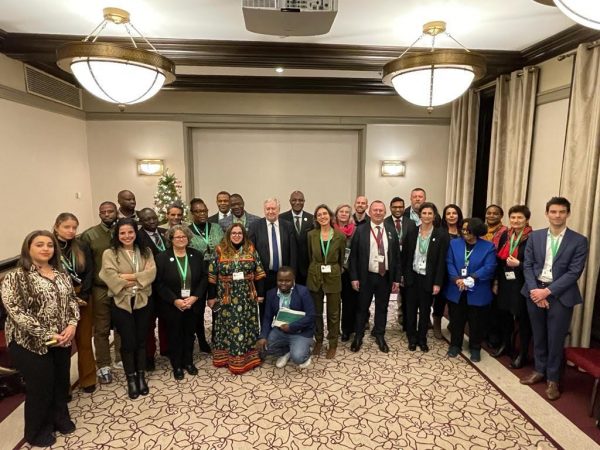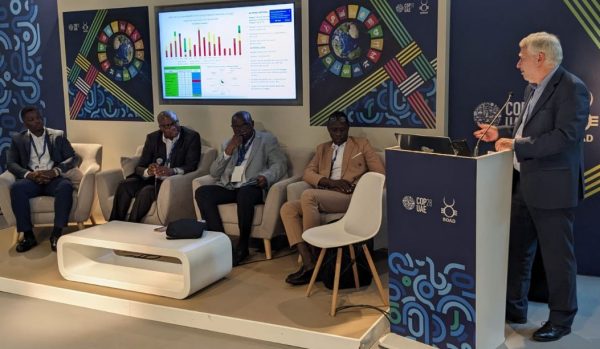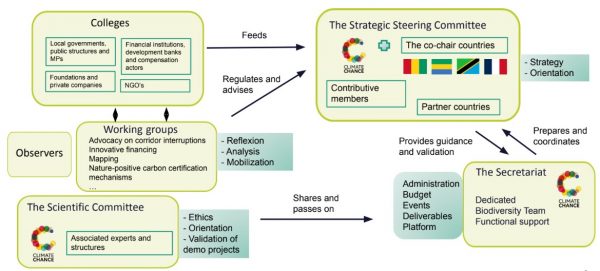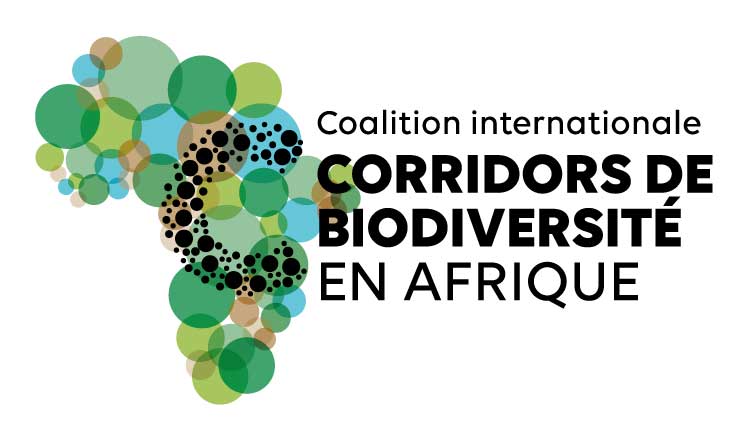A CENTRAL ISSUE: INCORPORATING THE “ECOLOGICAL CONNECTIVITY” DIMENSION INTO CONSERVATION POLICIES
Ecological connectivity represents nature’s circulatory system, the flow of natural processes that sustains life on earth. It refers to continuous ecosystems that are often linked by ecological corridors to enable species to move around unhindered.
Ecological corridors, also known as “green and blue corridors”, aim to “maintain and reconstitute a network of exchanges so that animal and plant species can, like man, circulate, feed, reproduce, rest… and thus ensure their life cycle”. They are defined as “a clearly identified geographical space that is governed and managed over the long term with the aim of maintaining or restoring effective ecological connectivity”. By connecting land and sea, they complement the existing range of tools for protecting natural areas (national parks, natural marine parks, nature reserves, etc.). Ecological connectivity is therefore one of the most important adaptive responses for ensuring the resilience of species and ecosystems.
In an unprecedented context of global biodiversity losses at an unprecedented rate, accelerated by the effects of climate change, the latest Conference on Biodiversity (COP15) in December 2022 proved to be a crucial step in defining an ambitious framework for ecosystem protection. The resulting Kunming-Montreal framework emphasizes the fundamental contribution of ecological connectivity to the proper functioning of ecosystems and species by including it in a number of objectives and targets.
The aim is to bring about a fundamental shift in the conservation paradigm, emphasizing that the future of wildlife lies as much in shared territories with human communities as in protected sanctuaries.
In Africa, to combat habitat fragmentation, informed planning decisions can therefore determine the future of much of the wild flora and fauna: either confinement to large parks with genetic fragmentation of populations, or networking via ecological corridors where human-animal cohabitation is managed to ensure sustainable livelihoods for local communities.It was against this backdrop, in Montreal, that an international coalition for biodiversity corridors in Africa was launched.
Co-chaired by Gabon, Guinea, Tanzania and France, with a secretariat provided by the Climate Chance association, the coalition aims to bring together all players working to maintain and restore these corridors: public and private players, conservation and development NGOs, research organizations…

Official launch of the international coalition for biodiversity corridors in Africa – COP15, December 2022



